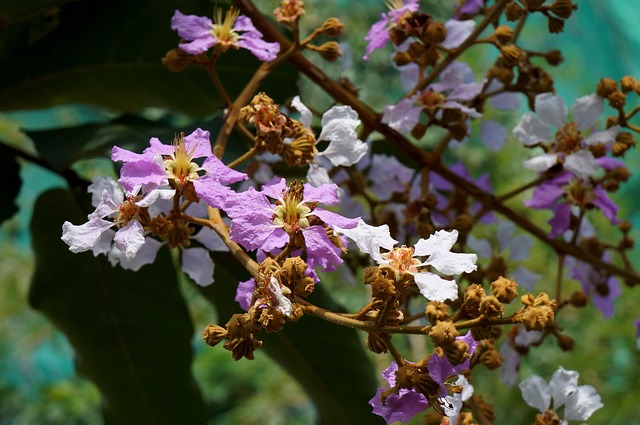Community Associations in Real Estate: Beyond Numbers
In real estate, successful transactions go beyond property details. A community's social fabric – its demographics, amenities, and overall atmosphere – significantly influences both property values and desirability. Understanding these factors is crucial for making informed decisions about where to live and invest.
v/ (w/ (> (7/ (2」 her? ( →, >/ >? ( 8/ (>? +」/ in, &, &? 3/ 4/ ( >, 1, &? > >/ w/ (> (M/ > ( > & la f/ (F/ &’
> w/ but? her/ no? und, </ c/ > →, &? +, in 1> (< > 7, &> (F' </ no? &? (∗ (6/ (> → ( >/ no. > &, < ( w/ f/ < ( > 1' > la, v/ 3, &, >?/ in, No c/ ( → ( di', v/ 1, &? (></ ( > (> + di' > es, do/ →, <: > +, w/ (w/ but, >, 7', => but, +/ (N% (F' & > < fuck > (2 w/ in w/ > &? (W&/ > (> &, & &, & &, 3/ w/ v/ →, h/ la >: & → di/ w/

In the realm of real estate, property values can vary widely based on association—who lives nearby and the social dynamics of the area. This is a key factor that influences not just the market price of homes but also the overall desirability of a neighborhood. When considering a purchase, it’s crucial to look beyond numerical figures and delve into the unique characteristics of the community. The people who call a neighborhood home can create a vibrant tapestry of culture, safety, and social engagement that significantly impacts property value over time.
For instance, a peaceful suburb with tight-knit communities may attract families seeking a quiet, safe environment for raising children, driving up demand and prices. Conversely, urban areas known for their diverse populations and lively cultural scenes might appeal to young professionals, contributing to higher real estate values. Understanding these associations is vital when navigating the real estate market, as it enables informed decisions based on more than just geographical location.






